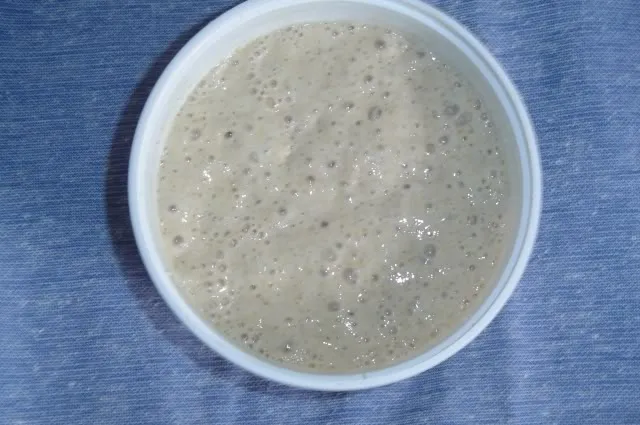My Favorite Basic Sourdough Loaf
I bake a lot of sourdough bread. Over the past several months I have been trying a lot of new techniques and trying to perfect the quality of my loaves. The recipe below is how I am currently making my white bread. Next year I may have a whole different approach, as I am constantly learning and trying new things.
Deluxe Sourdough Bread
1 1/4 cups proofed starter
1 cup water
3 T. dry powdered milk
1 T. lemon juice
1/4 cup instant potato flakes
3 3/4 cups bread flour
1/4 cup white whole wheat flour
2 T. sugar
3 T. butter or margarine
Deluxe Sourdough Bread
1 1/4 cups proofed starter
1 cup water
3 T. dry powdered milk
1 T. lemon juice
1/4 cup instant potato flakes
3 3/4 cups bread flour
1/4 cup white whole wheat flour
2 T. sugar
3 T. butter or margarine
